UC Blogs
Diverse Terrariums
Ah terrariums! How I love this tiny little worlds. In my experience, which is somewhat limited, the easiest ones are the dry cactus types. So little water involved. Just add some rocks, sand, and you have an itty bitty desert in that cognac snifter you never use. Stick with shade succulents like gasterias and haworthias. Don't put them too close to a window as the glass from the terrarium will magnify the suns rays and cook them, unless you're going for the desert apocalypse look.
Another cutie is the moss habitat. These kind remind me of my sister-in-law's back yard in Washington state. Very wet, just a clearing in a forest with some fallen logs. Mosses and mushrooms and tiny flowers everywhere. Very Jurassic. So, I got brave, and made one. Mine contains babies tears, Irish moss, scotch moss, an African violet, which is normally also an outside ground cover for shade, some tilandsias, and some dinosaurs figurines for effect. Also a maiden hair fern, that is ailing, but in my defense, it's not me, it's my kitten, Vespa. She's been getting in there and piddling on it. That can't be good.
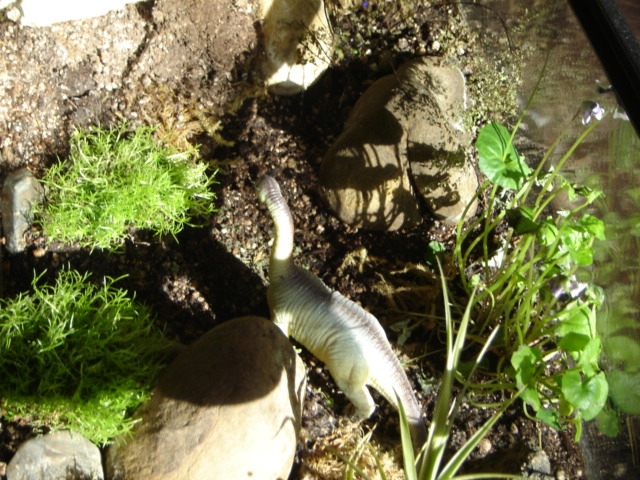
Terrarium (photo by Georgia Luiz)
Tulare County supervisors support commercial pack animals in national parks
The Tulare County Board of Supervisors voted to support a bill introduced by Congressman Devin Nunes, R-Tulare, allowing businesses that rent pack mules and horses to operate in Sequoia and Kings Canyon national parks while a new wilderness plan is implemented, according to the Visalia Times-Delta.
In 2009 a High Sierra Hikers Association sued the National Park Service for failing to conduct an adequate environmental impact analysis of its wilderness plan. As a result of the suit, a judge ruled that the service no longer has the authority to issue permits to the companies that rent pack animals.
Before the supervisors' vote, Jim Sullins, director of UC Cooperation Extension in Tulare and Kings counties, said years of research done by UC Davis and UC Cooperative Extension wasn't included in the U.S. Park Service's response to the lawsuit.
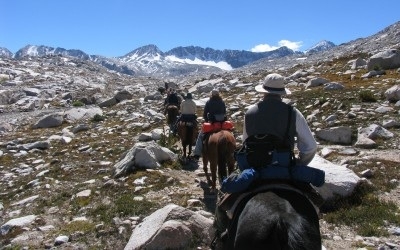
National Park Service photo.
Nature's Poetry
If you head over to the 137th annual Dixon May Fair, the state's oldest continuous fair, you'll see a flurry of butterflies. The fair, located...

This butterfly painting, in the Fine Arts and Photography Building is the work of retired teacher Ethel Calvello of Dixon. (Photo by Kathy Keatley Garvey)
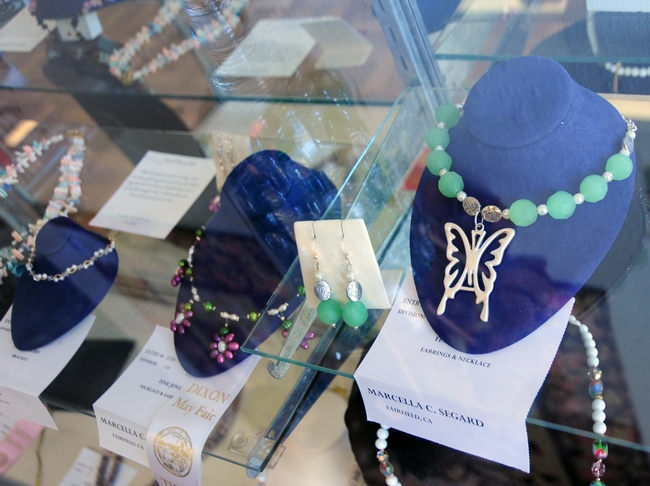
Butterfly necklace by Marcella Segard of Fairfield is in the Interior Living Showcase Building. (Photo by Kathy Keatley Garvey)
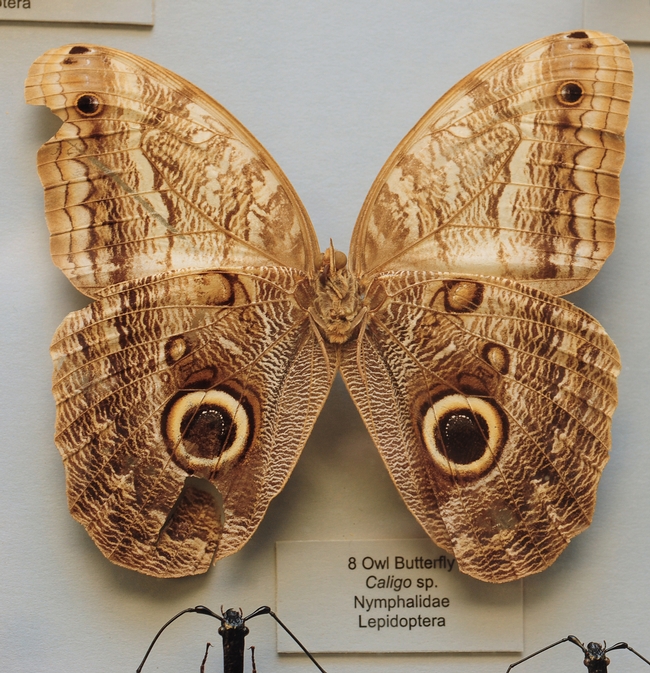
This owl butterfly is from the Bohart Museum of Entomology. (Photo by Kathy Keatley Garvey)
UC Cooperative Extension advisor helped Solvang family start a new business
Mark Gaskell, UC Cooperative Extension advisor in Santa Barbara County, is credited in the Santa Inez Valley Journal for helping a retired couple start a new business. Gaskell is an expert in small-scale farming.
The article said Leonard and Nancy Morrell were unsure what to do with their 2.5-acre farm in Solvang after their kids were raised and they retired from their jobs. Leonard read a research paper by Gaskell that suggested the area provided excellent conditions to grow blackberries and raspberries.
“It just seemed like something that I’d like to do,” Leonard said of his initial reaction. “(Gaskell) came down from Santa Maria and he helped me set it up and everything. That was kind of the beginning.”
Now 12 years later, the Morrells have turned their modest berry farm into a family business, selling fresh berries and berry jam at the Solvang farmers market.
Hummingbirds and Other Thoughts
Anybody out there who doesn’t like to watch hummingbirds as they flit through the yard? If that’s you, read no farther but just skip to the last paragraph or two. If you’re like me,
however, continue to read.
Folks like hummingbirds for a variety of reasons: they are entertaining; they are fearless in defending their territory and feeders from others (including hummingbirds who are
“strangers”, and for those of you who like nature photography, they are quite the challenge. The photo hint first: try to entice birds to a colorful, single flower and be there, waiting, with your camera on a stable mounting or tripod. Try to chase any bird around the yard for a picture just doesn’t work!
To get hummingbirds to come into the yard and stay there requires a few items: a feeder, of course; a place to just sit and rest the old wings for a moment or two (the hint here can be as simple as hanging a wire coat hanger near the eaves of your home)—how low-tech is that?; and a suet cage filled with scraps of yarn and string for nesting material, a kind of a “one-stop" nest materials store. Let a few dandelions go to seed, hummers use the seeds to line their nests. Add a lot of hummingbird-friendly plants and you’re pretty much done.
Now as for keeping them there: full tummies make for staying birds. A special treat that’s not put out there often is overripe cantaloupes. Hummingbirds will devour that tasty treat and you don’t waste. Another thought: remember your successes from past seasons or those things that worked for your friends. Cannas, Bee balm, Gilia flowers, etc. Stick with what worked, and don’t bother wasting money trying other plants –unless you wanted to have those choices in your yard anyway. GO RED! Just about anything that’s red will draw hummers. To get them to notice new feeders, attach leftover red ribbons, pieces of scarves, even “el fako” flowers will work. Once the little guys find the feeder, they will return!
Speaking of feeders, make your own “nectar” and save some money. All it takes to make the goodies is 4 parts water to 1 part sugar. Boil it, cool it, and fill your feeder(s). No need to add the red food coloring, especially if the feeder is red. If the feeder is in the shade, you’ll have less algae growth so the sugar water won’t need changing as often.
I don’t put out hummingbird feeders in my yard as the neighborhood cats, both feral and tame, seem to think that my large backyard is theirs for the using since my dog is gone. My own cats enjoy watching the birds out in the tree at the window. I don’t know what the cats really are saying but it sound suspiciously like “Here, birdie, birdie!”. Oh well, I guess I’m not the only one who enjoys watching the birds !
On a different note, the Sacramento Cactus and Succulent Society just had the annual spring sale at the Shepherd Garden & Art Center across the street from McKinley Park ( 3330 McKinley Blvd) in Sacramento last week-end. If you are interested in joining or finding out more about this group call: George & Oskun Avery at 916-682-8397 or email
gravery2@Comcast.net. The group meets the 4th Monday of the month, except in Dec. Dues are $15 per person or $20 per family.
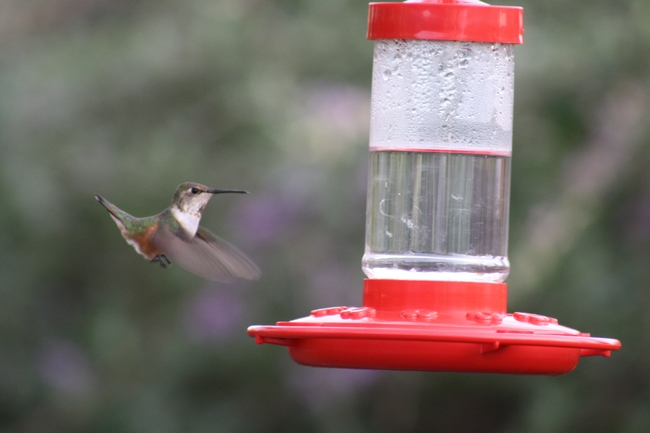
Hummingbird coming in to feed. (photos by Jennifer Baumbach)

Rufous hummingbird on Rosa banksiae.


